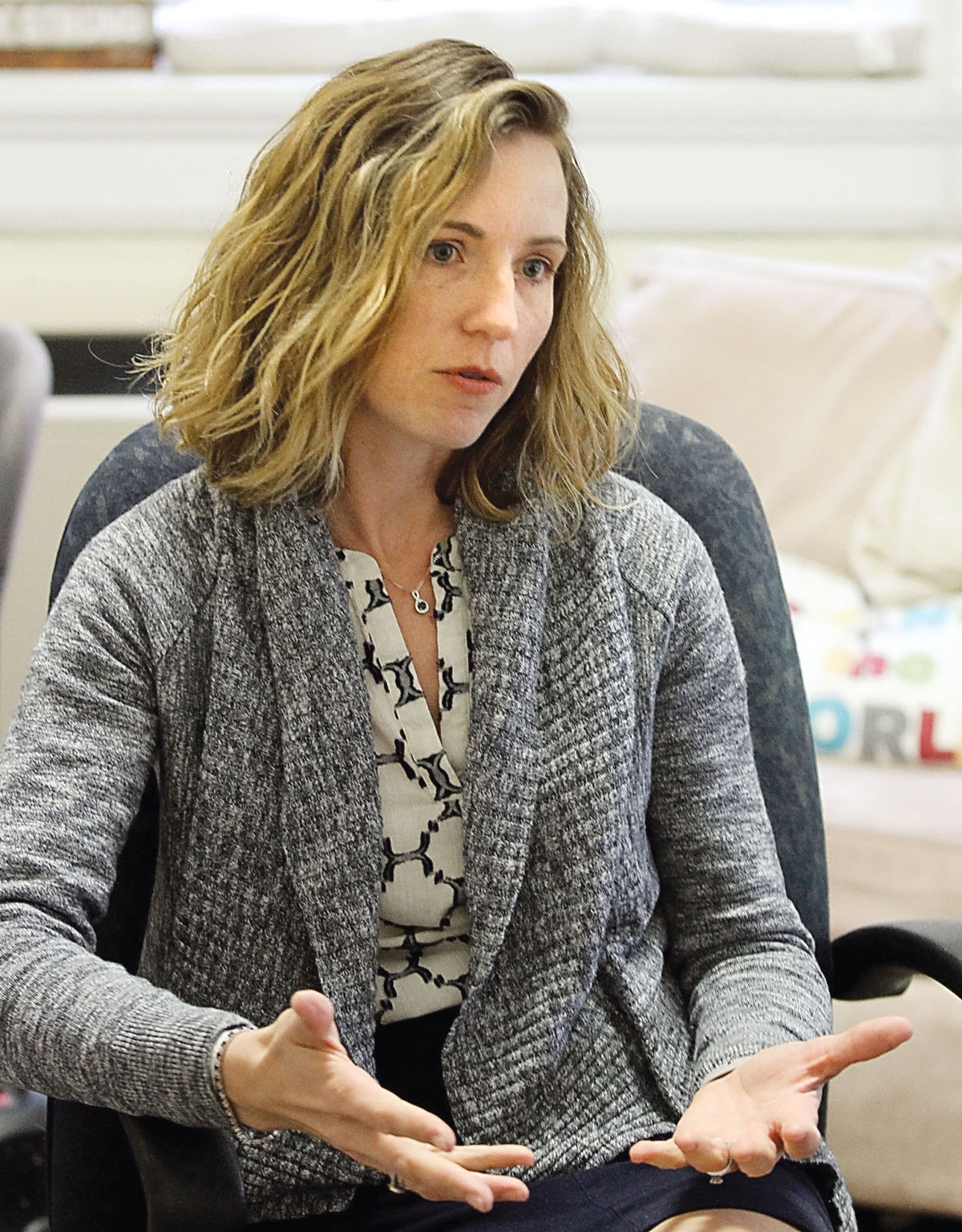Maryville College Sociology Professor Sees Impact of Culture in Recent Sexual Harassment Revelations
By Amy Beth Miller
Over the past two months, dozens of men in powerful positions in entertainment and politics have faced public allegations of sexual misconduct. The conduct isn’t new, but the response is. “This has been going on for literally centuries,” said Dr. Tricia Bruce, an associate professor of sociology at Maryville College. Public allegations against Hollywood producer Harvey Weinstein, starting in early October, provided a tipping point and motivated other women to tell their stories, Bruce noted. Since then, dozens more men have been accused of misconduct, most recently NBC anchor Matt Lauer and longtime public radio host Garrison Keillor. Bruce sees similarities with the child abuse scandal that rocked the Catholic church, affecting so many families either directly or indirectly. Posts on social media with “#metoo” gave a glimpse at how widespread sexual harassment has been. Bruce’s first book, “Faithful Revolution: How Voice of the Faithful Is Changing the Church,” published in 2011, is about the lay movement that started in response to that crisis within the church. Like the child abuse within the church that came out in the early 2000s, often decades after the fact, today women are feeling safer to talk about past harassment. “The behavior itself is not new,” Bruce said. “The question is why are people talking about it now, why is there accountability for it now.” Bruce has been teaching about gender inequality for more than a decade. Why now While it may not be possible yet to trace all of the factors relating to what is occurring now regarding sexual misconduct, Bruce points to a few possibilities. The roots of the current response go back to before last November’s election, when sexual harassment allegations touched the families of both major presidential candidates, followed by the women’s march in January. “There’s fertile ground for these types of conversations to take place,” Bruce said. Very public figures now being held accountable for abuse is focusing attention on the topic, like a natural disaster focuses attention on the need for safety measures. The public is beginning to put more pressure on organizations to respond to sexual misconduct in the workplace. “There is a level of public accountability that wasn’t there before,” she said, and social media providing greater visibility is one of the factors. Increasing numbers of women entering leadership may be another. Even regionally, more women entered political races and won during the past election. The fact that this has become a national conversation is one indication that action may move beyond isolated cases to affect organizations over time, Bruce said. “Now’s the time where we create different organizational cultures so that a decade or so from now we don’t have allegations coming up,” she said. The public is, so far, having a healthy conversation that cuts across political divides, that cuts across all kinds of differences, Bruce said, where people are saying, we want to feel safe and equal and empowered in our environments, whether that is home, school, work or church. ‘Cost of being female’ Despite the American idea that we pull ourselves up by our bootstraps and create the life we have, Bruce said, we exist within social structures and forces that shape our experiences. As early as childhood, different views of gender affect people. “Sissy” is a derogatory term for a boy not conforming to masculinity, Bruce said, while “tomboy is almost a compliment for a girl who acts like a boy.” “We have to start calling out that stuff and saying that it matters,” she said. It’s not political correctness but issues of respect and equality, and that can have a trickle-up effect into the workplace and have much bigger consequences than just the words used. Often women have been accustomed “to basically accept abuse as a cost of being female,” Bruce said. They knew the possible consequences of talking about harassment, from not being believed to losing their jobs. “All of us learn to pay the cost of what it means to be female in predominately male spaces,” she said. “We monitor our behavior. We check our backs. We mentor others along, because we know the challenges that are ahead of them.” For example, for a woman job applicant, wearing a wedding ring could have an impact, if an employer assumes she may be less flexible in working or committed to the workplace because she has a husband and children. Women also are often pulled into service at work doing the types of household labor men aren’t asked to do. More important than the details of current scandals are the organizational structors that have enabled the behavior, disempowering women and empowering men, Bruce said. We need to examine the larger, underlying causes, she said. As with the Catholic church and child abuse, she said, it was more than “a few bad apples,” but a structure of the organization that failed to provide accountability. Now is a good time for women who do feel empowered in their workplaces to look at what safeguards are in place or should be in place in not only policies but also norms and expectations. And men can take a hard look at how they interact with female colleagues. “We can’t not talk about it, in the same way saying that being colorblind is going to solve issues of race and racism,” Bruce said. As she works with college students preparing to enter the workforce, she said, “I hope in many ways its not the same workforce that even my generation entered.” “We’ve come a really long way, but there’s still a long way to go,” she said.
|
.
Any original material on these pages is copyright © BishopAccountability.org 2004. Reproduce freely with attribution.
